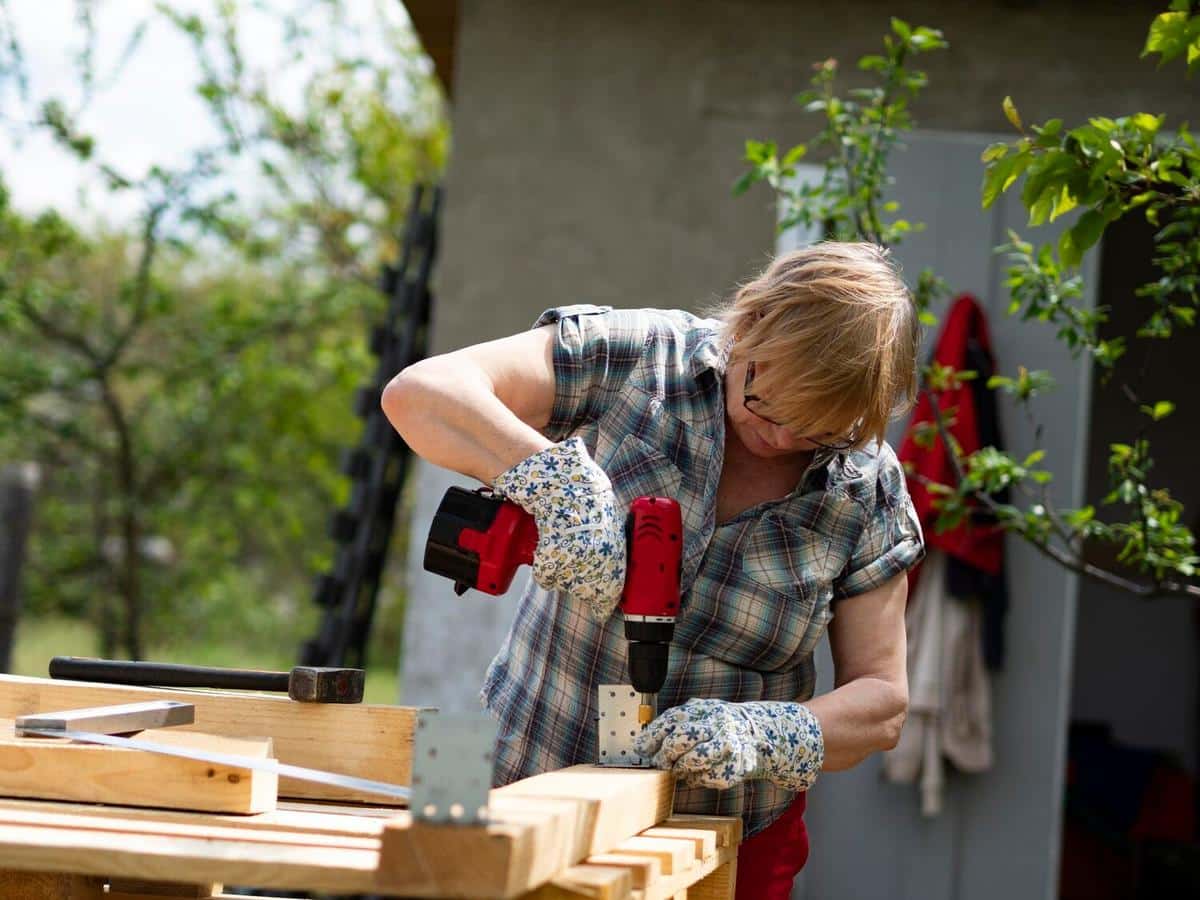
DIY Garden Projects with Reclaimed Wood
Exploring ways to enhance your garden while being environmentally conscious can lead to some incredibly rewarding projects. One of the most sustainable and creative approaches is using reclaimed wood for your DIY garden projects. This not only reduces waste but also adds a rustic charm to your outdoor space.
Reclaimed wood brings a unique character to garden projects, offering a blend of sustainability and aesthetics. The beauty of reclaimed wood lies in its imperfections, each piece telling a story of its past life. According to a study from the Environmental Protection Agency, reusing materials like wood can significantly reduce carbon emissions and conserve natural resources. Embracing this green approach can be both a personal delight and a commitment to environmental stewardship.
Benefits of Using Reclaimed Wood
Reclaimed wood is an excellent choice for eco-friendly projects due to its durability and reduced environmental impact. By salvaging wood, you bypass the need for new timber, which helps in conserving forests and reducing energy consumption associated with processing new wood. Additionally, reclaimed wood often boasts superior quality, having been sourced from old-growth trees that are harder and more resilient than modern counterparts.
Expert Insight
“Reclaimed wood can add warmth and history to your garden,” notes Emily Green, a sustainable living advocate. “It’s not just about recycling materials but also about creating a narrative in your living space.”
Creative DIY Garden Projects
Here are some inspiring projects you can undertake with reclaimed wood:
- Garden Planters: Create rustic planters by assembling pieces of reclaimed wood into various shapes and sizes. These planters can enhance the natural beauty of your plants.
- Raised Garden Beds: Use sturdy, aged wood to construct raised beds that improve drainage and soil quality for your vegetables and flowers.
- Garden Benches: Craft a charming bench for a relaxing garden corner. The weathered look of reclaimed wood adds character and invites relaxation.
- Birdhouses: Provide shelter for local birds with a handcrafted birdhouse that blends seamlessly into the natural environment.
- Garden Paths: Lay down planks of reclaimed wood to create rustic pathways that guide visitors through your garden.
Comparison Table of Reclaimed Wood Projects
| Project | Skill Level | Time Required | Tools Needed |
|---|---|---|---|
| Garden Planters | Beginner | 2-3 hours | Saw, Hammer, Nails |
| Raised Garden Beds | Intermediate | 4-5 hours | Drill, Saw, Screws |
| Garden Benches | Intermediate | 5-6 hours | Saw, Screwdriver, Sandpaper |
| Birdhouses | Beginner | 1-2 hours | Saw, Hammer, Nails |
| Garden Paths | Advanced | 6-8 hours | Saw, Level, Shovel |
Frequently Asked Questions
Where can I find reclaimed wood?
You can source reclaimed wood from salvage yards, old barns, and even construction sites with permission.
Is reclaimed wood safe to use?
Yes, but it’s important to inspect for nails and treat for pests before use.
Conclusion
Reclaimed wood projects not only enhance your garden’s aesthetic but also contribute to a sustainable lifestyle. By choosing to upcycle and reuse materials, you’re making a positive impact on the environment and creating a garden space rich in history and charm. Start your DIY journey today and see how reclaimed wood can transform your outdoor sanctuary.


